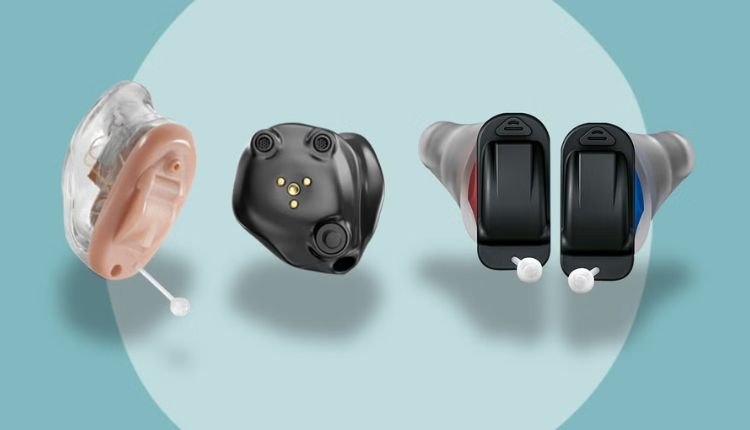Hearing loss affects millions of people worldwide, yet many delay seeking treatment because they worry about how a hearing aid will look or feel. The stigma associated with bulky, highly visible devices has long discouraged individuals from addressing their needs, even when it impacts their daily lives. Fortunately, technology has advanced to the point where hearing solutions are now smaller, smarter, and far more discreet. For those who want both improved hearing and confidence, nearly invisible hearing aids provide an ideal option that blends effectiveness with subtle design.
The first group who benefits significantly from nearly invisible hearing aids are adults experiencing mild to moderate hearing loss. These individuals may not yet need a powerful device but still struggle with conversations in noisy environments, like restaurants or family gatherings. A discreet hearing aid allows them to improve clarity without drawing attention, helping them maintain social connections and avoid the frustration of constantly asking others to repeat themselves.
Younger adults and professionals also find these devices particularly valuable. In workplaces or social settings, many worry about the appearance of traditional hearing aids and the assumptions that may come with them. Nearly invisible models allow users to address their hearing needs without compromising confidence, ensuring they can fully engage in meetings, presentations, or casual conversations without distraction.
Another group of ideal candidates includes seniors who want comfort and ease of use. While older adults are often the largest demographic for hearing aids, some prefer solutions that feel unobtrusive and natural. Nearly invisible models are lightweight, custom-fitted, and sit deep within the ear canal, making them comfortable for extended wear. Their discreet design also encourages consistent use, which is critical for maintaining cognitive and social health as people age.
Active individuals, such as athletes or those with busy lifestyles, also benefit. Because these hearing aids are small and secure, they are less likely to interfere with glasses, hats, or helmets. This makes them a great choice for people who enjoy outdoor activities, exercise, or sports but still need reliable hearing support. The snug fit also reduces wind noise and provides stability during movement.
However, not everyone is an ideal candidate. People with severe hearing loss may require more powerful behind-the-ear models that can house larger batteries and stronger amplifiers. Likewise, those with chronic ear infections or certain ear canal shapes might not be suited for deep-insertion devices. This is why consulting with an audiologist is essential before making a decision, as a professional can assess hearing needs and ear health to recommend the best solution.
In conclusion, nearly invisible hearing aids are a transformative option for many groups—adults with mild to moderate hearing loss, professionals seeking discretion, seniors desiring comfort, and active individuals who want both stability and subtlety. By offering both advanced technology and discreet design, they empower users to address hearing loss with confidence, ensuring better communication, stronger relationships, and a higher quality of life.

